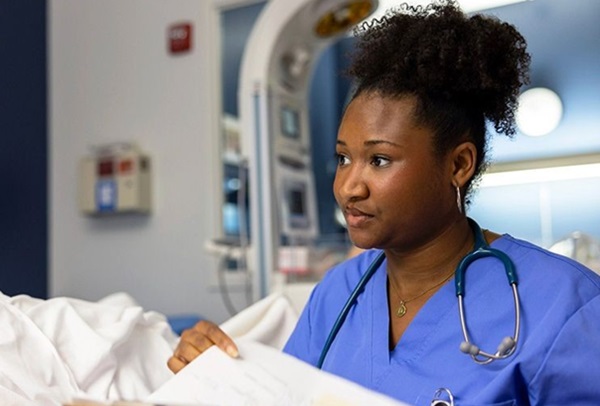Delivering essential medical assistance around the clock while meeting demanding patient care standards, healthcare professionals are vital to our communities. Yet, they face a number of alarming realities: they are five times more likely to experience workplace violence than employees in other sectors. This environment is jeopardizing the safety of dedicated staff, and contributing to the growing shortage of healthcare professionals.
Prioritizing hospital safety is crucial to protecting and retaining a skilled workforce. The absence of security measures can result in significant consequences for organizations. In 2024, a Florida facility was fined over $100,000 for failing to safeguard its workers against a patient attack.
The importance of hospital cameras
The most immediate way for a healthcare setting to transform the security of its premises is by installing cameras. There are two types of cameras suitable for overall hospital security: body cameras and fixed video cameras.
Body cameras in hospital rooms
Equipping healthcare staff with body cameras minimizes aggressive interactions, mitigates the potential for litigation and can help support training. Research into hospital camera usage found that when people know they’re being recorded, they’re significantly more likely to behave in a respectful manner.
- Lightweight and discreet, hospital body cameras are mounted on a security guard or worker’s clothing
- Cutting-edge body cameras often include a patient-friendly design, similar to a typical workplace name tag, and are less intimidating and obtrusive than basic models
- With a long battery life and straightforward operation, workers can quickly activate a live video stream from their body camera with minimal training
Fixed video cameras in hospitals
Installing cameras across a hospital – including in the emergency room and waiting areas – immediately alerts your security team to threats and disturbances. This is not only crucial to maintaining safety for staff and visitors, but it’s also an important measure in deterring the theft of costly equipment and medicines, as well as identity theft on the premises – where a patient or worker’s sensitive information is taken to attempt fraud.
- Suitable for indoor and outdoor use, video security and sensors can be installed across parking lots, entrances and exits, and in low light areas to both deter crime and observe visitors
- Immediate unauthorized detection helps protect pharmacies, record rooms and equipment storage areas
- Advanced software identifies people, vehicles and audio events, and it can aid video security professionals in finding relevant video footage in seconds
The importance of ensuring your security cameras are HIPAA compliant
A cutting-edge hospital security system will involve an advanced network that connects critical communications, video security and analytics. As with all technology, it must be used in accordance with data protection guidelines and security protocol.
To protect patient data and maintain privacy, camera usage must comply with the Health Insurance Portability and Accountability Act of 1996 (HIPAA). This US law protects patients’ health information and dictates how healthcare providers can use it. The HIPAA Journal provides the most up-to-date guidance for hospitals on how to avoid data breaches, violations and fines.
Hospitals employing a video security program can ensure its security cameras are HIPAA-compliant by meeting the criteria outlined in the HIPAA checklist. This determines the legal protocol for all aspects of healthcare security. For example, patient consent is crucial when hospitals intend to use cameras in patient rooms, which may come in the form of clearly displayed signage or the patient’s written approval.
Focusing on safety in your hospital
To provide an environment where people can safely work, visit and be cared for, each hospital must assess its unique security needs and develop a tailored plan. At Motorola Solutions, we help healthcare providers build their own proactive strategy, leveraging the latest in video security technology to meet protocols.
Discover how our ecosystem is helping healthcare providers meet evolving challenges.




